Member Profile: Adriana (Didi) Martinez
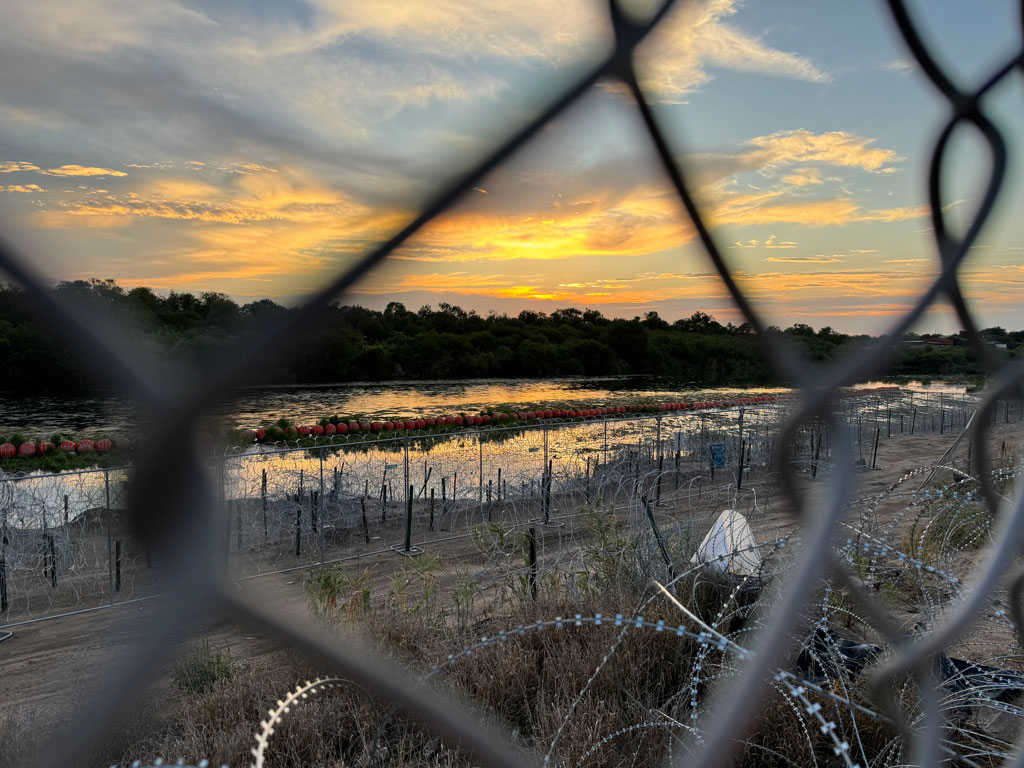
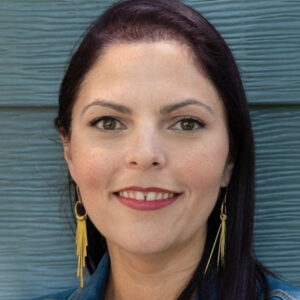 Adriana (Didi) Martinez knows that the only thing more important than scientific understanding is the ability to share and act on that understanding with a community. As a physical geographer who studies the dynamics of rivers—a fluvial geomorphologist, to be precise—she is trained to find out what helps rivers flow and how human forces can help or harm them. In recent years, studying one of North America’s most beautiful and embattled rivers—the Rio Grande—Martinez has worked to make sure her own knowledge flows, too.
Adriana (Didi) Martinez knows that the only thing more important than scientific understanding is the ability to share and act on that understanding with a community. As a physical geographer who studies the dynamics of rivers—a fluvial geomorphologist, to be precise—she is trained to find out what helps rivers flow and how human forces can help or harm them. In recent years, studying one of North America’s most beautiful and embattled rivers—the Rio Grande—Martinez has worked to make sure her own knowledge flows, too.
Martinez spent her childhood beside this mighty river that both divides and unites the U.S. and Mexico. She knows both sides of the border, which as a kid she and her family often crossed from her hometown of Eagle Pass to the sister city of Piedras Negra (home of the first-ever nacho in 1943!). The banks of the river that once afforded Martinez idyllic time for play and curiosity are now marred by militarized barriers and the human suffering and habitat destruction they cause. Although her career had taken her far away—to Oregon, and now to southeastern Illinois—Martinez never lost connection with her hometown, and has returned there to do fieldwork on the impact of human activity on the river.
It was this return that made her curious about public scholarship—a scholar’s commitment to bring their learning to the public. Her interactions with family and community members, activists, and sometimes migrants themselves, who approached her for help as she did her work, all have convinced her to translate her knowledge into public awareness and action.
It would be so much easier to stay on the side of “pure” science: ”I’ve cried more than once in the field,” she admits, of her decision to confront the human truths of the Rio Grande, and their effect on its ecosystem. “Growing up on the border, there is an inherent cross-cultural mindset that I grew up with. Both the U.S. and Mexico side are home, they aren’t separated from each other,” she says. “And in the same way, the human is not separated from the river. They are linked to each other. The river provides recreation, water, and fertile soil. And the humans impact the river by crossing it on the international bridges, fishing, using it as a water source, etc. I think the same way about studying geography in that we must look at both sides – the human and the physical. Things can’t be separated.”
Vast Possibilities of Geography
Martinez was already considering graduate school when her passion for geography became clear. “Most of the courses I enjoyed at the undergraduate level were in the geography department at Texas A&M. And as I got to know more geographers and interact with those professors, I realized the value that a geographic lens can bring to research – you can examine the interaction between multiple subdisciplines. For example, look at how humans impact some physical geography aspect of how vegetation influences sediment transport. You don’t have to study just one thing or the other. And I think that in order for research and science to remain relevant we must be looking at these intersections. Particularly in an ever-complicating world where things like climate change are altering landscapes in unexpected and irreversible ways.”
Martinez worries that public scholarship is misunderstood and undervalued at the very time it is most needed. This is especially true for physical geographers like her. “Highlighting my work has become extra important to me, and I realized I actually do more public scholarship than I think I do!”
Martinez also devotes serious time to gathering students and colleagues for field opportunities and research projects. “I seem to excel at bringing people together,” she says. “Either connecting people to expand their networks or giving them ideas on how to reach wider audiences with the projects they are working on. Along that vein, I like to help students realize their potential in science and the geosciences. I want to increase diversity and inclusion in the geosciences.”
Martinez is currently an AAG Councilor and also is on the AAG Justice, Equity, Diversity, and Inclusion (JEDI) Committee. She was also part of the inaugural cohort of scholars to take part in the Elevate the Discipline program at AAG, which offered training and connection to members for media relations and advocacy.
“Elevate helped me gain confidence in my skills at being interviewed by reporters,” she says. She has since given numerous interviews and has appeared on local and national television, speaking to both the ecological and human costs of the State of Texas’s border barriers. Through Elevate, she says, “I am no longer going in blind, I have some background knowledge about media and policy.”
“Being able to solve the major problems we are tasked with—ecological and social—is going to take an interdisciplinary approach,” Martinez says. “Geography is just that. It’s just that most people haven’t realized it yet!”
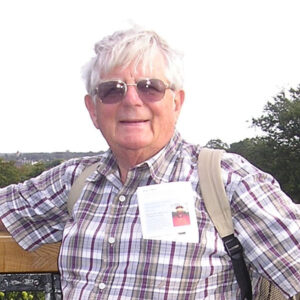 Colleagues have praised Minghi’s energy and joyful spirit. He was “audacious and undisciplined … and a little bit playful,” in the words of Phil Steinberg, professor of political geography and arctic studies geographer at Durham University. Richard Schofield, senior lecturer in boundary studies at King’s College London, described Minghi as “a lovely man who continued to captivate my M.A. students at KCL on Geopolitics, Resources, and Territory into his 90s, delivering a usual annual clutch of lectures with relish and good humor. No one would ever call Julian a cowboy, but he did sort of die with his spurs on!”
Colleagues have praised Minghi’s energy and joyful spirit. He was “audacious and undisciplined … and a little bit playful,” in the words of Phil Steinberg, professor of political geography and arctic studies geographer at Durham University. Richard Schofield, senior lecturer in boundary studies at King’s College London, described Minghi as “a lovely man who continued to captivate my M.A. students at KCL on Geopolitics, Resources, and Territory into his 90s, delivering a usual annual clutch of lectures with relish and good humor. No one would ever call Julian a cowboy, but he did sort of die with his spurs on!”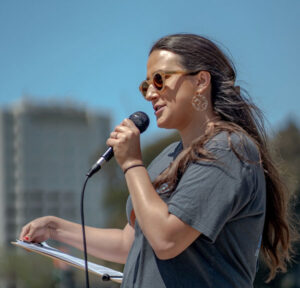 Geography was always there, just out of sight for Julia Dowell. Growing up in Long Beach, California, she was aware of the impacts of industrial, gas plants, and high-traffic arterial concentrated in the backyard of marginalized communities. “With my background, if I was going to do anything with my life, it had to be using environmental science and policy to right these wrongs. Studying geography and bringing in all those concepts was the best way for me to be able to do that kind of work.”
Geography was always there, just out of sight for Julia Dowell. Growing up in Long Beach, California, she was aware of the impacts of industrial, gas plants, and high-traffic arterial concentrated in the backyard of marginalized communities. “With my background, if I was going to do anything with my life, it had to be using environmental science and policy to right these wrongs. Studying geography and bringing in all those concepts was the best way for me to be able to do that kind of work.”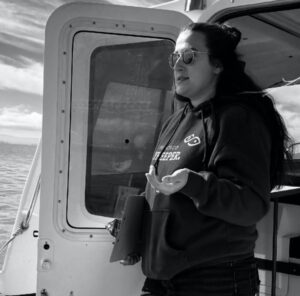 In Dowell’s previous job at environmental nonprofit, the
In Dowell’s previous job at environmental nonprofit, the